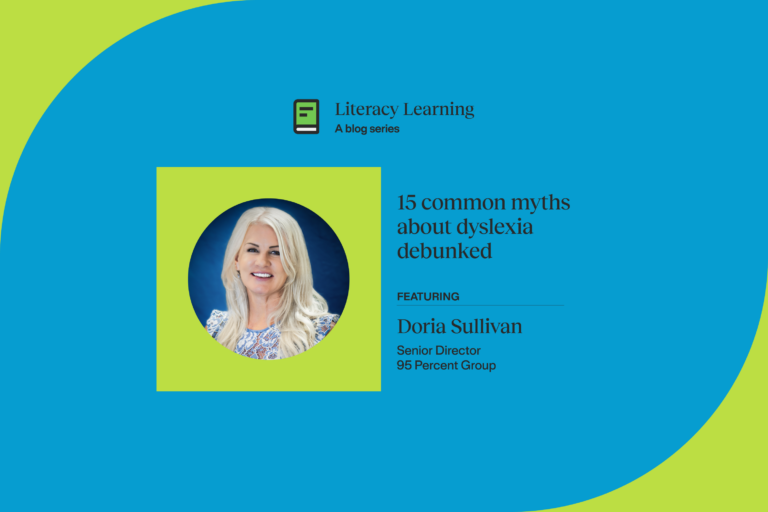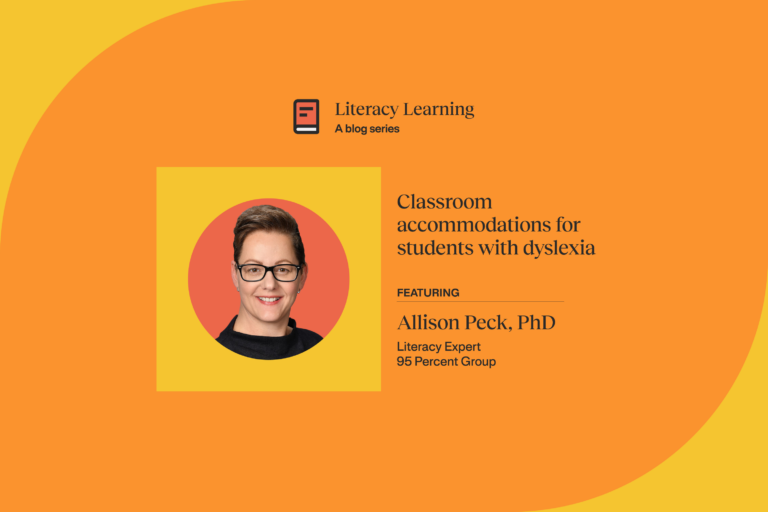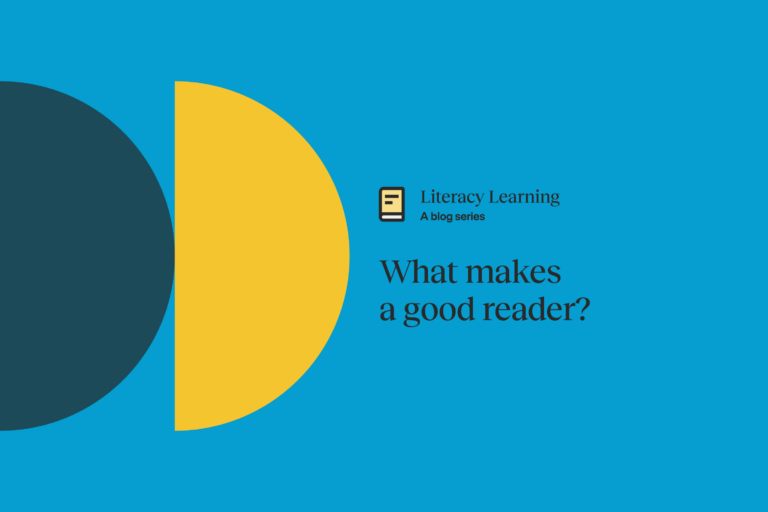Dyslexia part 2: Be the change

If you read our previous blog titled “Dyslexia part 1: Myth Busters,” you know what science has to say about what dyslexia is and is not. Dyslexia is considered neurobiological in nature, can be identified early, and is a deficit within the phonological processing system. Dyslexia is not related to IQ, intelligence, or visual problems.
The good news!
Because we understand that phonological difficulties are the core deficit of dyslexia, we know where to begin instructionally. And there is more good news! The brain is a malleable organ, which is constantly changing and possesses the ability to rebuild itself.
According to French neuroscientist Stanislas Dehaene, “The child’s brain contains millions of redundant circuits that can compensate for each other’s deficiencies. Each new learning episode modifies our gene expression patterns and alters our neuronal circuits, thus providing the opportunity to overcome dyslexia and other developmental deficits.”
He goes on to say, “Thanks to advances in the psychology of reading, better reading interventions and methods are now being designed. With brain imaging, we can trace their impact on the cortex and check whether they do in fact lead to restoring the desired networks for literacy.”
In other words, through quality instruction and intervention, the brain rewires itself to build the brain circuitry necessary for skilled reading.
What is included in a “new learning episode” that Dr. Dehaene mentions?
Effective literacy instruction includes explicit and systematic teaching of foundational skills.
- Explicit instruction means the teacher clearly explains and models the target concept. Students are provided time to practice and receive timely feedback and error correction.
- Systematic instruction means the teacher follows a carefully planned sequence where basic skills are taught before more complex ones.
Science of reading research and the International Dyslexia Association both support an instructional framework called Structured Literacy. According to the Structured Literacy model, layers of language are taught through lessons that are both systematic and explicit.
Let’s look more closely at two components: phonology and the connection to sound-symbol relationships.
Because phonological difficulties are the core deficit of dyslexia, phonemic awareness instruction is one vital instructional component. We have a speech-sound system that is different from our phonics system. Understanding the phonetics of language is something that is sometimes overlooked when teaching phonemic awareness skills. If sounds are stored inaccurately or unidentified, it will cause a breakdown in both reading and spelling.
This is where a sound wall can support your instruction, as it is designed to teach students about the articulation of phonemes to make extracting them easier and more efficient for the process of segmenting, blending, and manipulating.
In this way, we begin with speech and move to print as we make explicit the connection between the phonemes and the graphemes we use to spell them.
Reference:
Dehaene, S. (2009). Reading in the Brain: The New Science of How We Read. Penguin Books.



